SITE INSPECTION – THE MUSEUM ON THE MUSEUM, LUDWIG MUSEUM | BUDAPEST
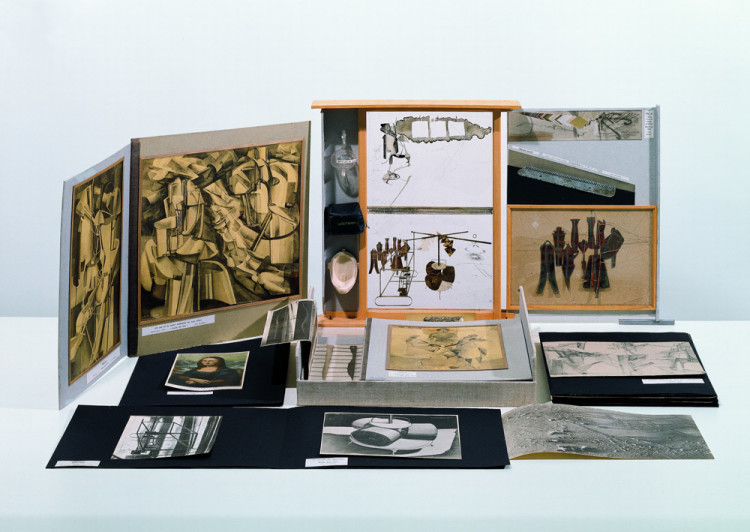
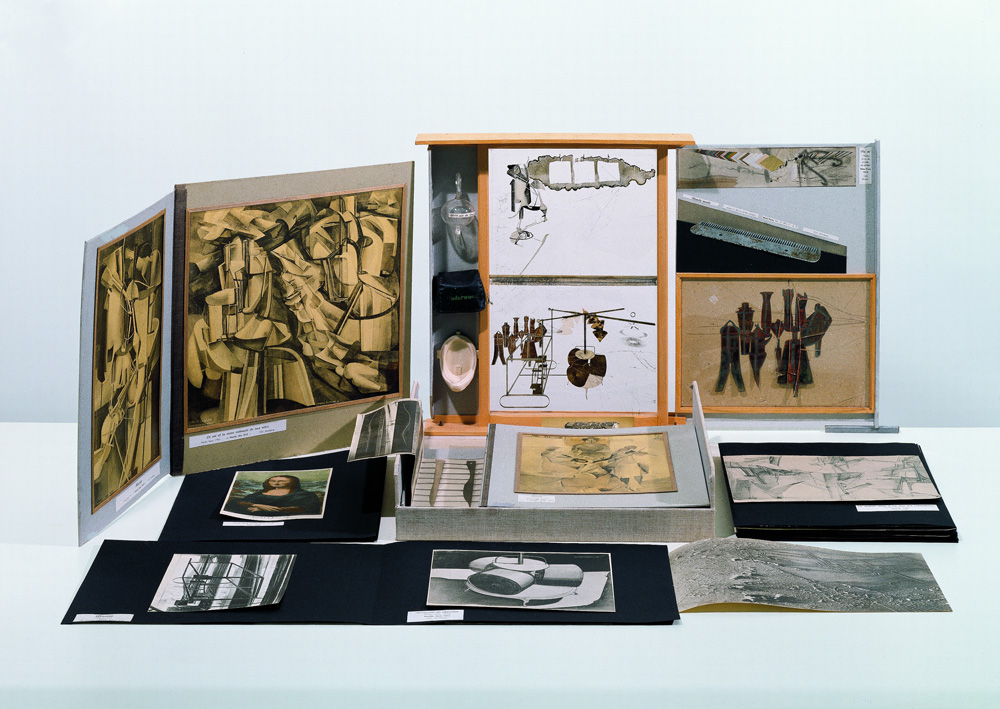
SITE INSPECTION – The Museum on the Museum
Ludwig Museum – Museum of Contemporary Art, Budapest
July 22 – October 23, 2011
While the museums’ main function is to preserve works of art for eternity, museums have gone through fundamental changes recently. New, spectacular museum buildings all over the world, the increasing number of visitors indicate that the function of the museum has changed radically. The encyclopedic museum, the modern art museum are followed by a new type of museum. This new museum offers a different kind of knowledge, as well as entertainment. The museum has proved to be one of the most successful cultural institutes, collecting, preserving and displaying pieces of art, it is also a powerful institution, as it can select those works of art that may be the objects of a future art history. Since the beginning of the 20th century, artists have been criticizing this canonizing function of the institute of the museum, while at the same time they (or many of them) are longing to get into the museum themselves. On the 20th anniversary of the first permanent exhibition of the Ludwig Museum, the museum is looking to itself in the mirror held by the artists. The museum conducts a site inspection.
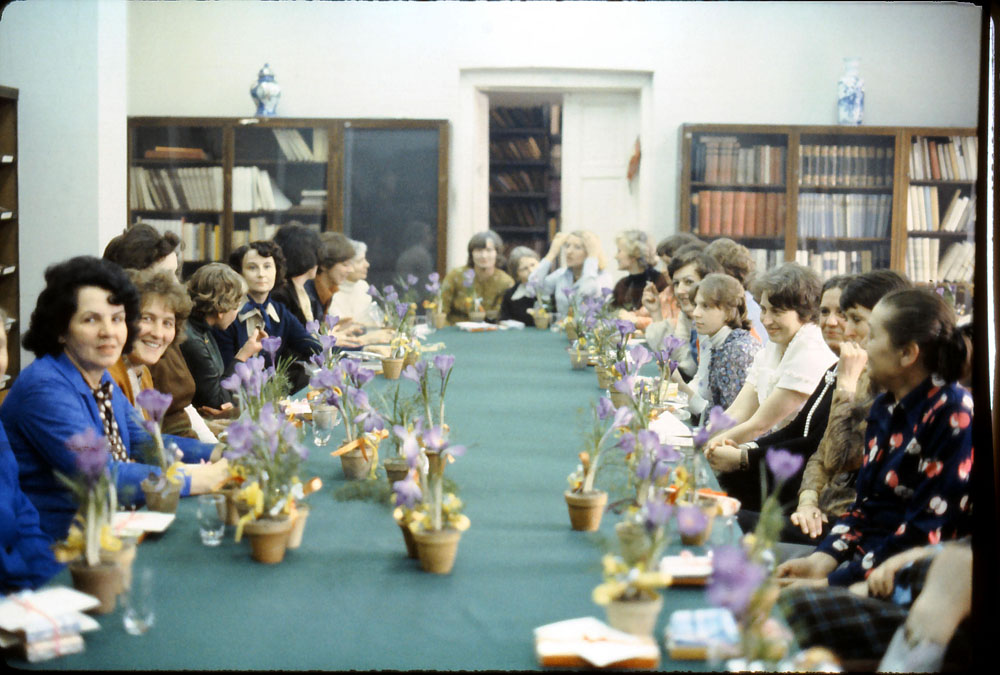
The exhibition puts a special accent on the local and international neo-avant-garde artists of the 1970’s dealing with the topic of the museum, since their institutional critique can be considered the predecessor of contemporary reflections on the museum. By examining the nature of the work of art itself, Marcel Duchamp was the first to point out the paradoxes of the connection between the work of art and its context, the museum, between the artist and the spectator. Duchamp has created his suitcase museum, that is, museologized himself. For the conceptual artists of the 1960’s and 1970’s it was again important to reflect on art itself, they often created their own “museums,” as if they had corrected the mistakes and failures of the official institute and had introduced their own new canon. By their institutional critique they demonstrated that the works preserved by the museums as pieces of great value could gain a totally different meaning in a different context. Depending on the context, even an index card registering the work of art can be transformed to art, and the spectators, as well as parts of the museum building itself can change roles, step in the foreground and play a major part. The artists themselves are showing up in different roles in the museums. These artists also pointed to the fact that the museum is inextricable of its social context. Thus, the artists who criticize the museum as an institution, criticize society itself, they unmask the hidden value system that the museum represents, and how art and the market are interconnected. They investigate the collection, the policy of getting news acquisitions, as well as hidden ideologies, the museum is presented as the model of society. While contemporary art does not really separate high and low, popular culture still preserves a rather stereotypical, elevated image of the museum, and the museum cannot withdraw from the effects of popular culture. This complex situation is well represented by the movie films and video clips projected in the movie space of the exhibition.
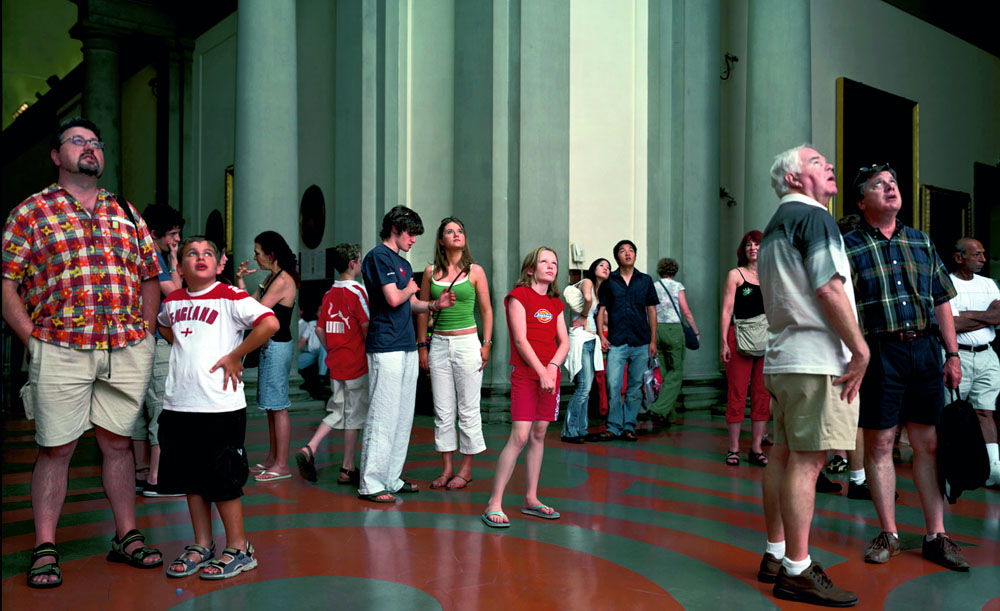
The artists who practiced institutional critique in their art in the 1960s and 1970s consciously created works of art that are not marketable or easily museologized. It is a paradoxical situation that, most of these works are in museums by now. Today this attitude has changed, and contemporary artists do not offer an outside point of view from where they can criticize the museum. The artists are also part of the art world system and they intimately know how it works. Artists do not consider themselves victims, neither does the museum feel guilty. The works displayed in Site Inspection demonstrate that the roles played by the different actors of the artworld, and the ways of interpretation cannot be considered fixed any more. What the museum can do is to see and show how it works, and dare to face its own criticism.
Artists in the exhibition include
Richard Artschwager, Azorro Group, Birkás Ákos, Olga Chernysheva, Hubert Czerepok, Mark Dion, Marcel Duchamp, Henry Flynt, Andrea Fraser, Hans Haacke, Halász Károly, Kele Judit, Kis Varsó/Little Warsaw, Kostil Danila, Oleg Kulik, Lakner László, Marysia Lewandowska, Dalibor Martinis, Menesi Attila, Ivan Moudov, NETRAF, Pauer Gyula, Allan Sekula, Kalin Serapionov, Sean Snyder, Nedko Solakov, Thomas Struth, Téreltérítés Munkacsoport, TNPU / IPUT (St.Turba Tamás), Tót Endre, Ulay
Curated by Katalin Székely with the Ludwig Museum’s curatorial collective (Barnabás Bencsik, Nikolett Erőss, Kati Simon, Krisztina Szipőcs, Hedvig Turai).
The exhibition runs until October 23, 2011 and is open from Tuesday to Sunday from 10.00 to 18.00.
Ludwig Museum – Museum of Contemporary Art
Palais of Arts | 1095 Budapest, Komor Marcell u. 1.
Tel: +36 1 555 3444 | info@ludwigmuseum.hu
www.ludwigmuseum.hu | facebook.com/ludwigmuseum
Open: Tuesday-Sunday: 10.00-20.00 | Closed on Mondays
Position the cursor on the images to view captions, click on images to enlarge them.
Posizionare il cursore sulle immagini per leggere le didascalie; cliccare sulle immagini per ingrandirle.

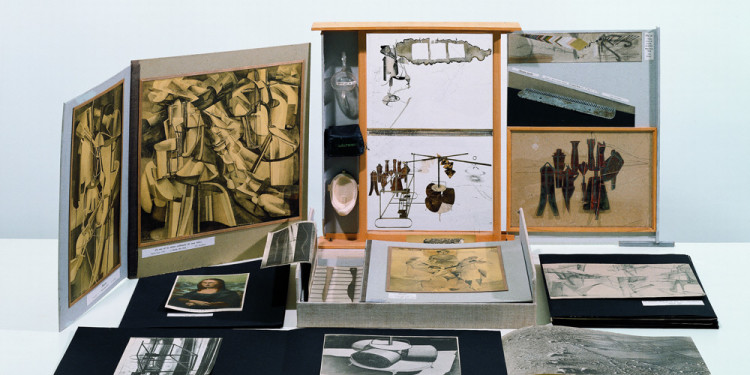
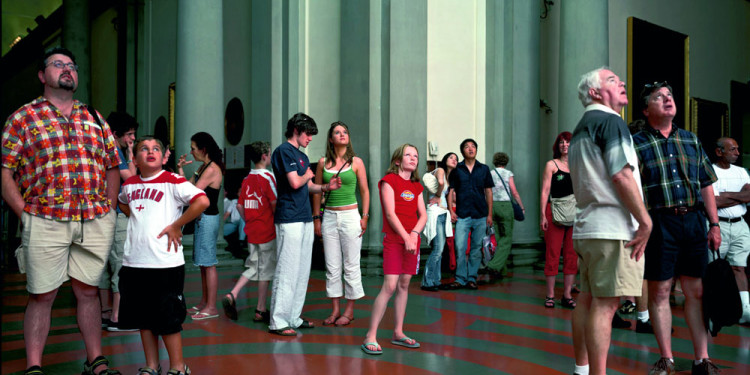
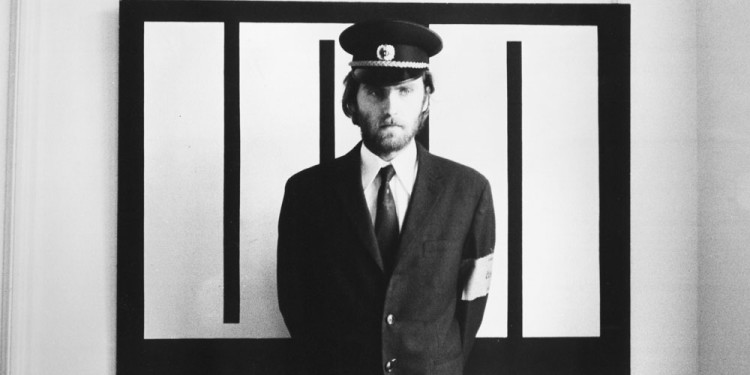
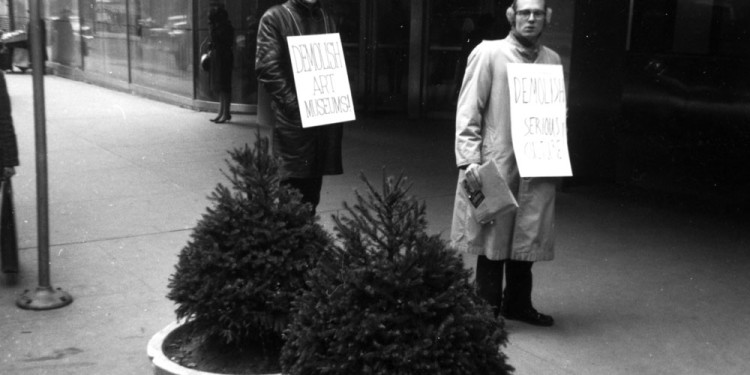
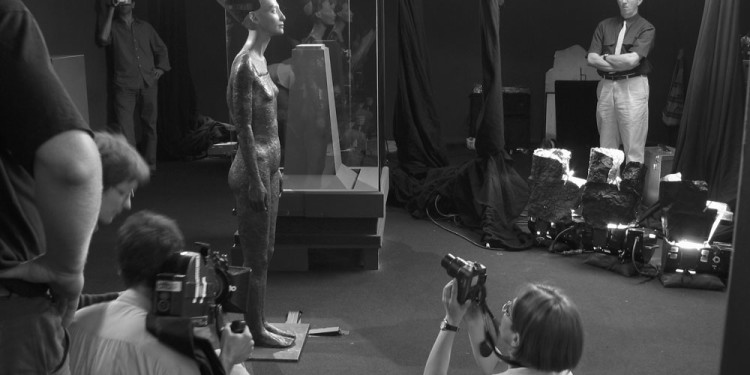
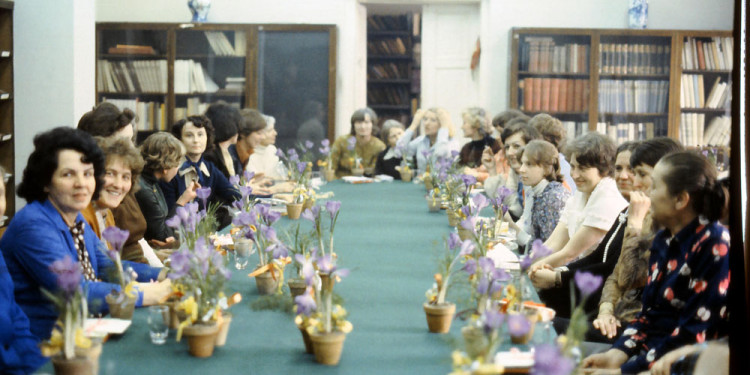
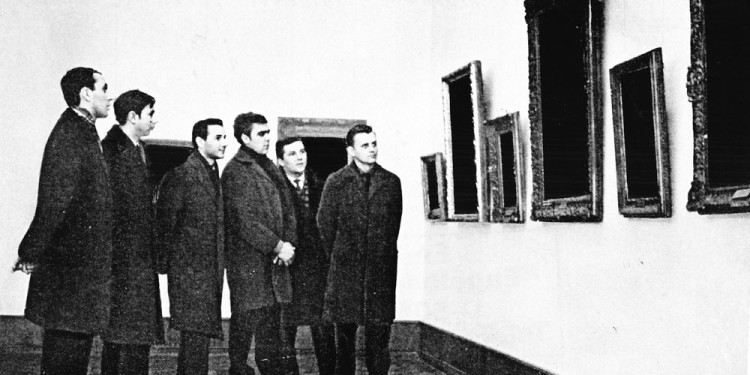
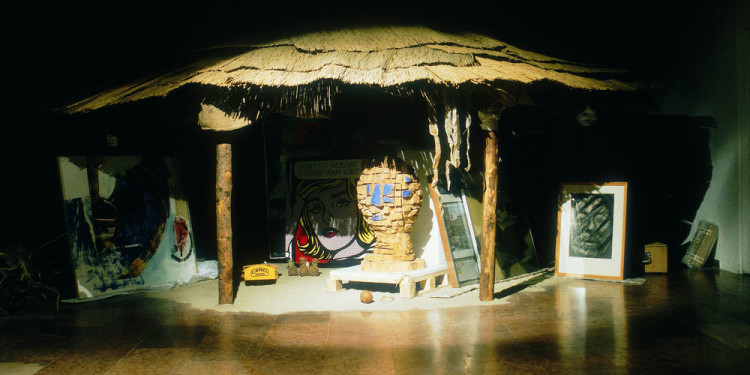
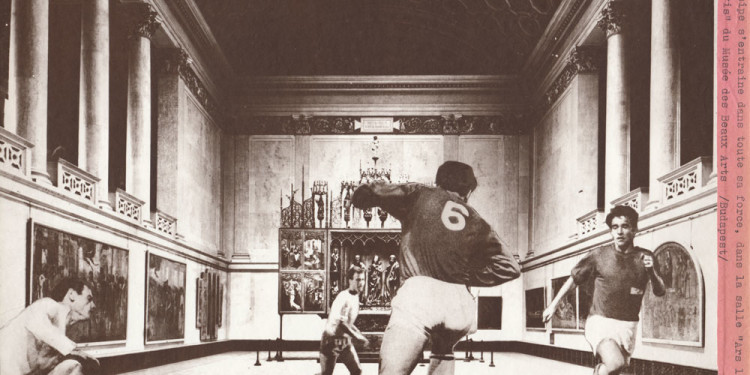
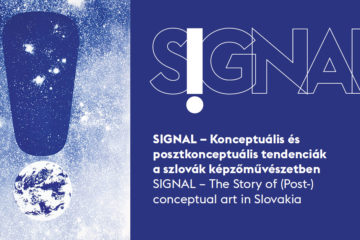

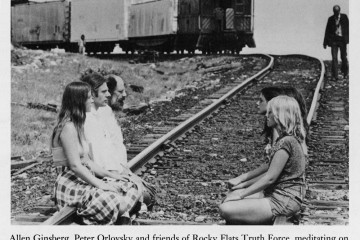

No Comment